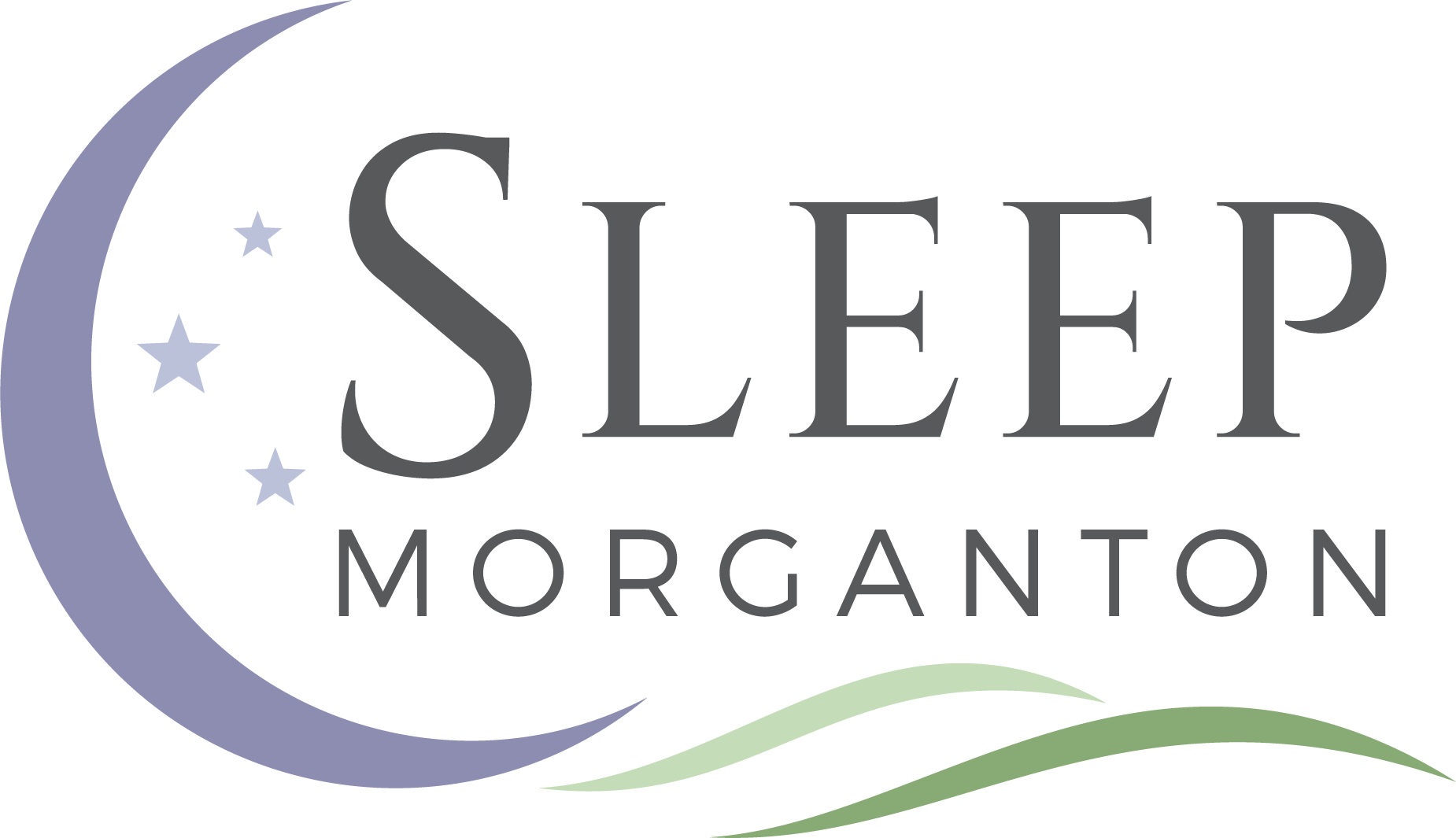Services
Breathe Better. Sleep Deeper. Live Healthier.
We do more than just treat sleep issues - we transform lives.

What is an “Orofacial Myofunctional Disorder” (OMD)?
Orofacial Myofunctional Disorders (OMDs) are defined by abnormalities of the muscles and the functions of the face and the mouth that negatively impact normal growth, development, and/or function. These abnormal patterns can impact speech, breathing, swallowing, chewing, sleeping, dentition, and more. Children, teens, and adults can benefit from treatment.
Signs of OMD:
- Breathing issues including enlarged tonsils & adenoids, or allergies
- Open mouth rest posture of the lips
- Forward rest posture of the tongue
- Weak lip muscles
- Difficulty chewing, gathering, &swallowing solids & liquids
- Malocclusion
- Orthodontic relapse
- Speech Disorders
- Tongue-tie / lip-tie
What is TMD?
Previously referred to as TMJ, Temporomandibular disorders (TMD) involve the jaw muscles, temporomandibular joints, and nerves of the face. They are often associated with chronic facial pain.
You may have heard TMD referred to as TMJ.
However, TMJ refers to the two joints that connect your lower jaw to your skull. TMD refers to any disorder that prevents this complex system of joints, muscles, and bones from working together properly.
Common Signs of TMD
- Jaw discomfort or soreness (often most prevalent in the morning or late afternoon)
- Headaches
- Pain spreading behind the eyes, in the face, shoulder, neck, and/or back
- Clicking, popping, or locking of the jaw
- Limited mouth motions
- Clenching or grinding of the teeth
- Dizziness
- Sensitivity of the teeth without the presence of an oral health disease
- A change in the way the upper and lower teeth fit together
Treatment of TMD
There are varying degrees of TMD. If your case is mild, simply changing behaviors may be all you need.
Depending upon the amount of pain and discomfort associated with TMD, medical assistance may be helpful.
Your dentist may use physical therapy to strengthen your jaw muscles. Another option is the use of medications and dental mouth guards to alleviate pain.
What is Sleep Apnea?
Sleep Apnea is a potentially serious sleep disorder that occurs when breathing repeatedly stops and starts. Many people who suffer from sleep apnea are unaware they even have it, so they do not seek treatment. But left untreated, sleep apnea can be a dangerous condition that can harm your overall health.
Common Signs of Sleep Apnea
Snoring might be an annoyance that prevents your partner from getting a good night’s sleep, but for others, it can be a sign of sleep apnea. Those who suffer from sleep apnea might experience other symptoms, such as:
- Cessation of breathing, often during the night, followed by choking or gasping for air
- Waking up frequently throughout the night
- Feeling tired and irritable throughout the day
- Waking up with a headache, sore throat, dry mouth, or a combination of these
If you are experiencing any of these symptoms, even if snoring is not present, you should talk to your dentist or your primary care provider about being tested for sleep apnea.
Many people with sleep apnea snore but not all people who snore have sleep apnea, so it can be difficult to figure out on your own whether you have it or not. Only a sleep specialist can diagnose sleep apnea.
Treatment for Sleep Apnea
A common treatment for sleep apnea is the continuous positive airway pressure (CPAP) machine. CPAP is an excellent treatment for sleep apnea—as long as patients use it the way instructed.
CPAP works like this: Patients wear an air mask connected to a continuous flow of air. This steady airflow prevents the airway from collapsing, which means patients can sleep nonstop through the night. Unfortunately, many people find the mask uncomfortable, or a nuisance and either do not use it or remove it during the night while sleeping.
If you have a moderate case of sleep apnea, your dentist might fit you with a dental device such as a mandibular advancement device or a Panthera Sleep Apnea device. This appliance resembles a mouth guard that people use for sports, but it gently moves your lower jaw down and forward, keeping your airway open and making it easier to breathe.
Another device is similar to a splint and works by keeping the tongue in a good position to keep airways open.
If you suffer from either TMD or Sleep Apnea, know there is a better way. Most medical insurances cover the treatment of sleep apnea and if your current dentist doesn’t specialize in these treatments, don’t worry, you can still call us. You do not need to transfer dental care to be seen for sleep apnea!
